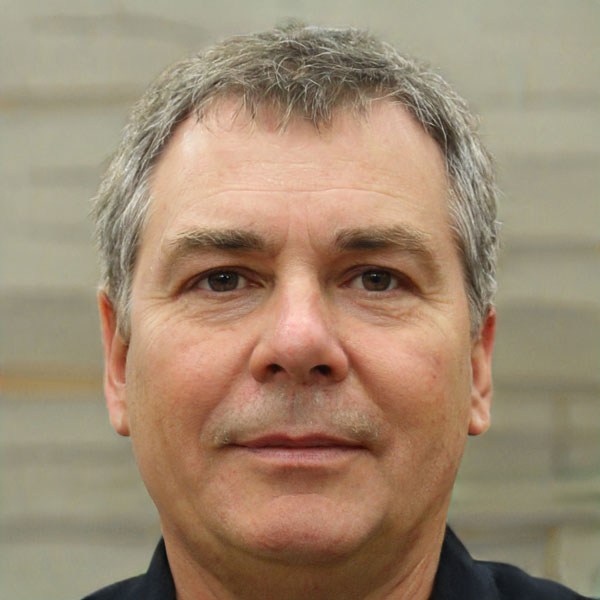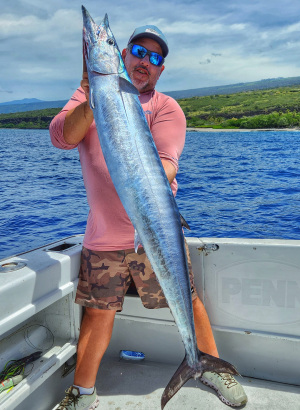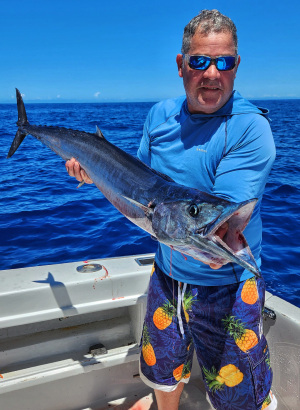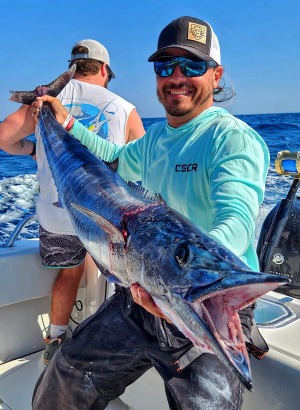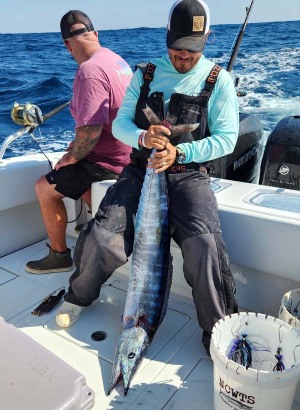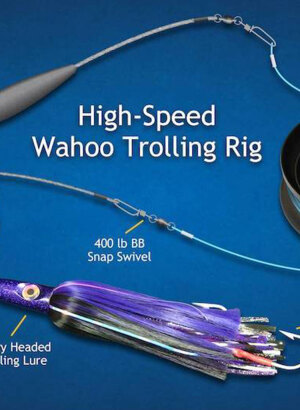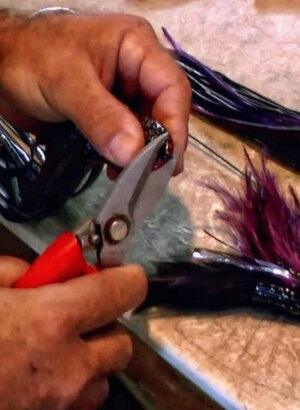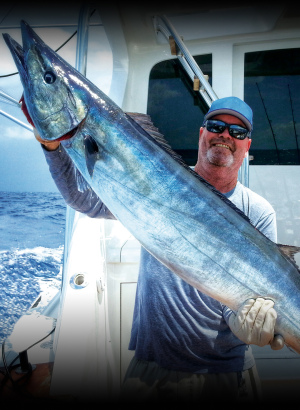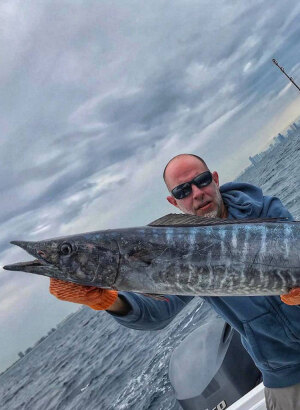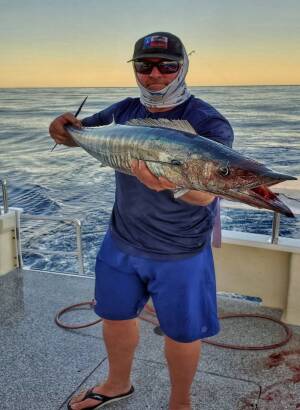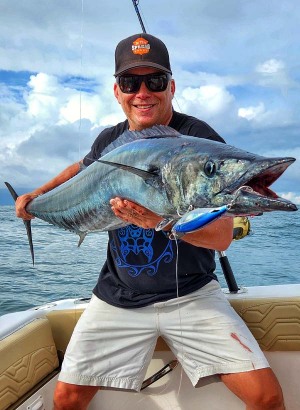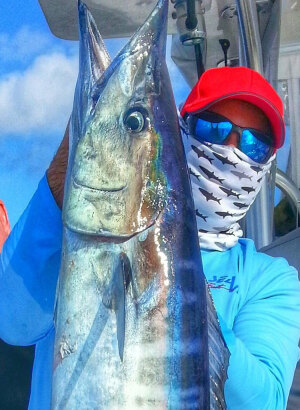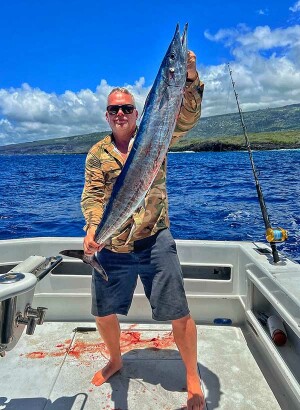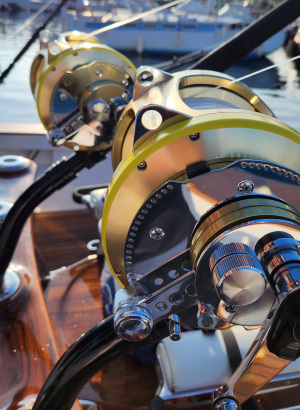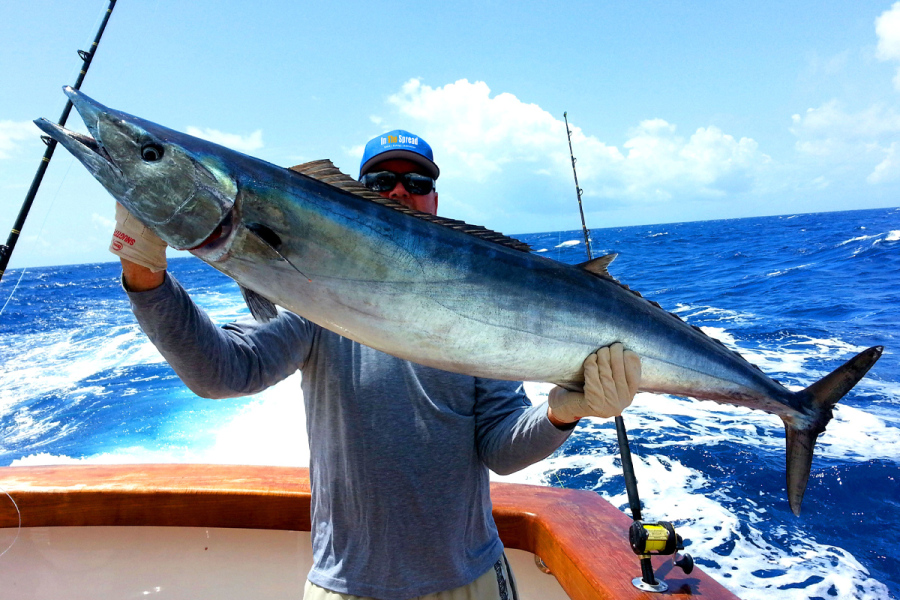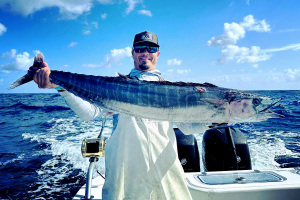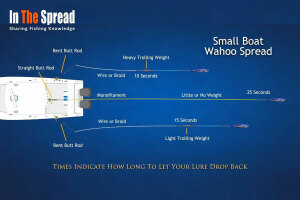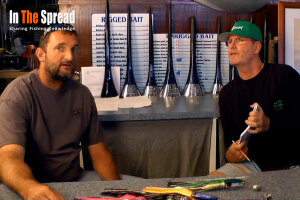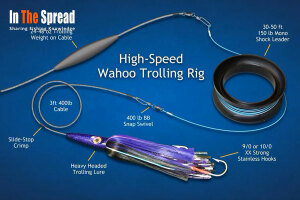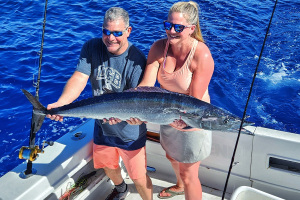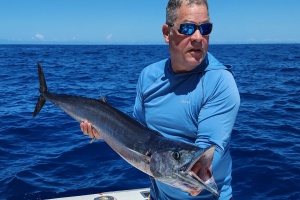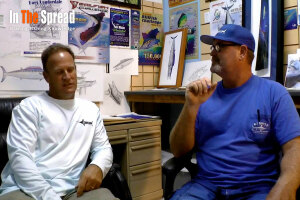Slow trolling produces consistent wahoo catches with less boat stress and extended fishing time. This proven technique outperforms high-speed methods for daily fish counts while targeting multiple pelagic species. Learn essential rigging, bait presentation, and boat positioning strategies that professional captains rely on for offshore success.
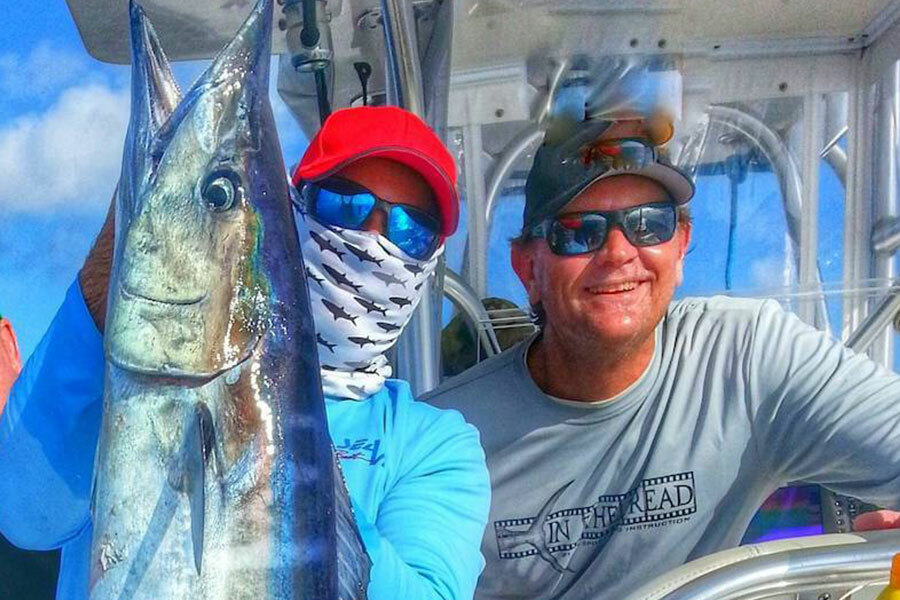
Slow Trolling Wahoo: Lethal Fuel-Efficient Tactics
Slow Trolling Wahoo
Slow trolling wahoo techniques deliver exceptional results with significantly less fuel consumption than high-speed methods. This underrated approach attracts not only wahoo but also tuna, dolphin, and billfish. Master the essential gear, bait selection, and boat handling tactics to maximize your success when targeting these prized pelagic predators.
Why Choose Slow Trolling Over High Speed Methods?
- Fuel budget optimization - slow trolling uses 40-60% less fuel than high-speed methods
- Multi-species opportunities - increased chances for tuna, dolphin, and billfish
- Fishing location flexibility - works effectively in various offshore environments
- Equipment longevity - reduced wear and tear on boat and tackle

Understanding Wahoo Behavior and Feeding Patterns
Before diving into slow trolling tactics, understanding wahoo behavior is crucial. These aren't schooling fish but rather solitary predators that form loose packs around structure. They aggregate because of their affinity for structure combined with good water movement.
Temperature and Migration Patterns
- Seasonal movement patterns - wahoo migrate following optimal water temperatures
- Resident vs transient populations - bigger fish tend to traverse oceans following baitfish
- Summer depth changes - fish move to cooler, deeper waters during warm months
- Spawning migrations - larger wahoo travel extensively for reproductive purposes
When Do Wahoo Feed Most Actively?
- Tidal movement periods - incoming or outgoing tides trigger feeding (not necessarily both)
- Major and minor feeding times - correlate with moon position and tidal changes
- Current-driven activity - moving water is essential for aggressive feeding
- Temperature break zones - subtle edges (74°F next to 76°F) often outproduce hard breaks
Structure Fishing for Wahoo: Where to Find Them
- Hard bottom formations - reef edges, drop-offs, and seamounts
- Man-made structures - oil platforms, wrecks, and artificial reefs
- Floating cover - grass lines, debris fields, and current convergences
- Temperature and color breaks - where different water masses meet
Weather and Tidal Conditions for Optimal Success
- Barometric stability - steady pressure periods prove most productive
- Pre-frontal fishing - excellent action before weather systems arrive
- Post-frontal avoidance - fishing typically poor after fronts pass
- Moon phase correlation - feeding times align with major/minor periods
Slow Trolling Wahoo Techniques: Speed and Setup
Fuel efficient wahoo fishing methods don't get the attention high-speed techniques receive, probably due to tournament fishing's emphasis on fast trolling. With widespread high-speed tournament coverage in sport fishing magazines, more anglers learn these techniques.
Optimal Trolling Speed for Wahoo
- High-speed trolling - 14 to 20 knots
- Slow trolling speeds - 6 to 10 knots for natural bait presentation
- Planer limitations - cannot exceed moderate speeds effectively
- Scent trail advantages - slower speeds maximize natural bait scent dispersion
Benefits of Slow Trolling Methods
- Increased daily catch numbers - more consistent action throughout the day
- Multi-species opportunities - blackfin tuna, yellowfin tuna, dolphin, and billfish
- Reduced equipment stress - less wear and tear on boat and tackle
- Extended fishing time - fuel efficiency allows longer offshore periods
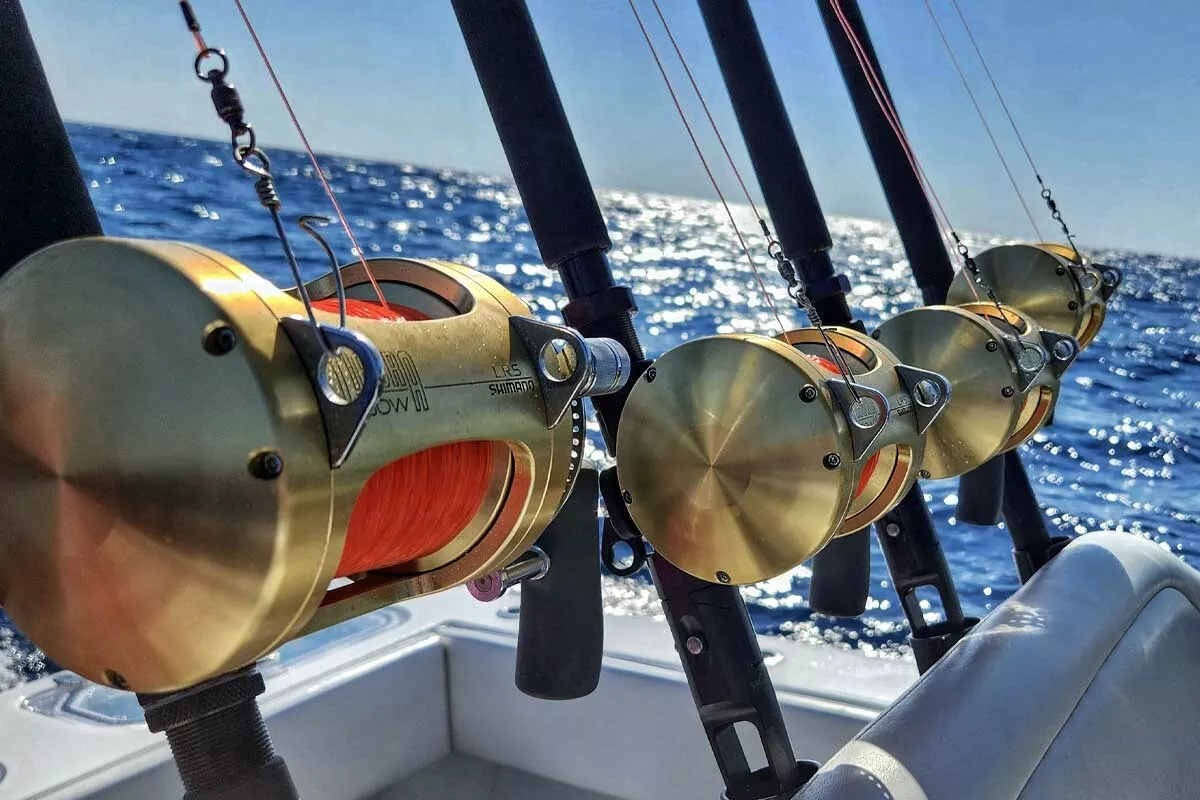
Wahoo Fishing Gear Setup for Slow Trolling
Wahoo fishing gear requirements don't differ greatly between slow and high-speed trolling. You'll need a combination of 50 wides and 80 wides with excellent drag systems. When using planers, 80-wide reels are essential due to extreme heat from current and planer action.
Typical Slow Trolling Spread Configuration
- 1-2 planer rods - #8 or #16 planers positioned 75 feet back
- Flat line - set approximately 100 feet behind boat (when running single planer)
- Short rigger rods - left at 150 feet, right at 200 feet
- Long rigger rods - left at 250 feet, right at 300 feet
- Shotgun lure - positioned 350+ feet back for wary fish
Best Baits for Slow Trolling Wahoo
Best baits for slow trolling wahoo preferences vary by angler, but certain options consistently outperform others at slower speeds.
Natural Bait Options
- Ballyhoo - rigged to swim naturally, excellent scent trail
- Mullet - larger profile bait, ideal for bigger wahoo
- Mackerel - oily fish that creates strong scent dispersion
- Flying fish - natural wahoo forage, realistic presentation
- Strip baits - belly strips with single or double hook rigs
Artificial Lure Options
- Swimming plugs - Rapala X-rap Magnum covers deeper water column
- Deep-diving lures - Yo-Zuri bonito for mid-water presentations
- Tracking lures - Halco 220 Max for consistent action
- Shotgun lures - large profile lures for long-line presentations
Bait Maintenance and Checking
- 15-minute bait checks - ensure baits are swimming properly
- Visual inspection only - reel in just until bait is visible
- Frequent planer checks - planer action masks strikes and cut-offs
- Proactive replacement - change damaged baits immediately
Boat Driving Techniques for Different Structures
Slow trolling boat handling becomes crucial when navigating various underwater structures. Each structure type demands specific approaches.
Reef Edges and Drop-offs
- Linear meandering course - follow natural contours without straight lines
- Structure mimicking - match underwater landscape shape
- Broad area coverage - ensure lures pass over different structure sections
- Consistent speed maintenance - avoid erratic boat movement
Wrecks and Patch Reefs
- Circular patterns - consistently cover structure perimeter
- Figure-eight sweeps - add variety while covering more area
- Multiple passes - different angles reveal various fish groups
- Current consideration - adjust patterns based on water movement
Hook-Up Procedures and Fighting Techniques
- Maintain trolling speed - helps drive hooks and entice additional strikes
- Line jerking technique - trigger additional bites on untouched lines
- Slack avoidance - critical for maintaining hook penetration
- Initial run management - don't increase drag until first run dissipates
Maximizing Your Slow Trolling Success
Additional Resources on Wahoo Fishing
User Reviews
